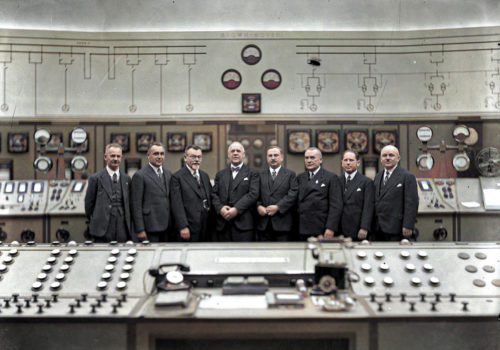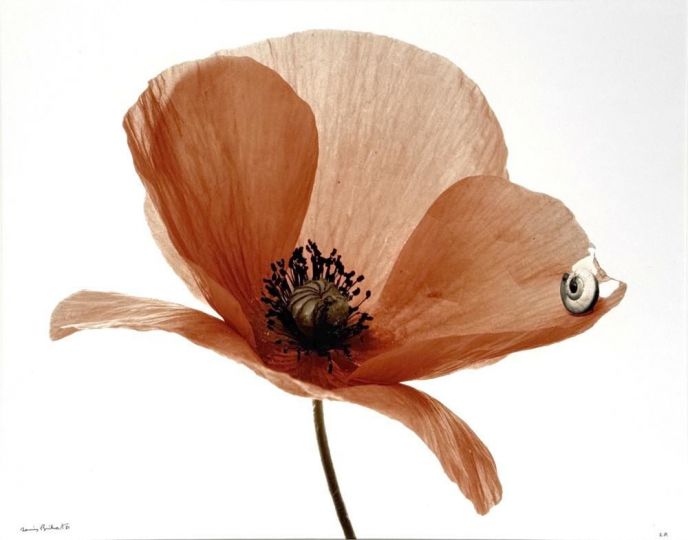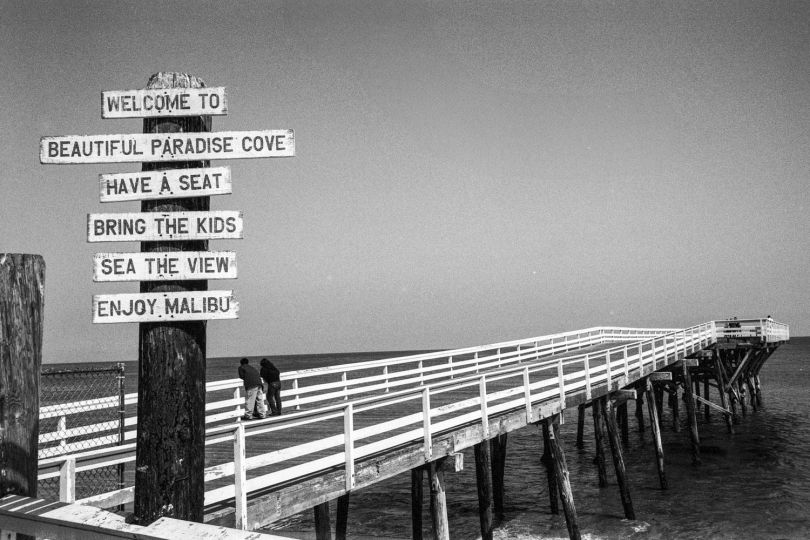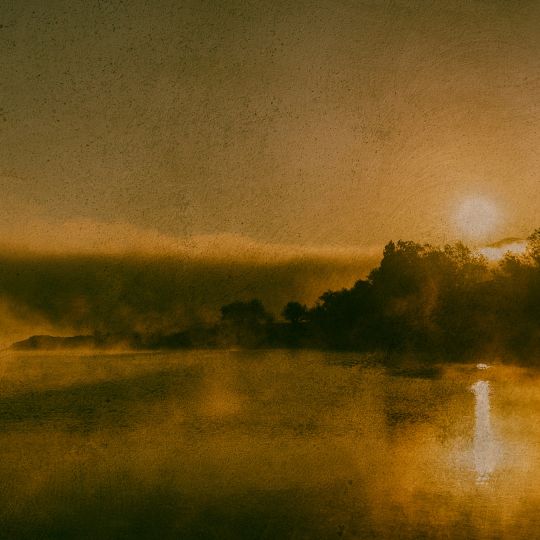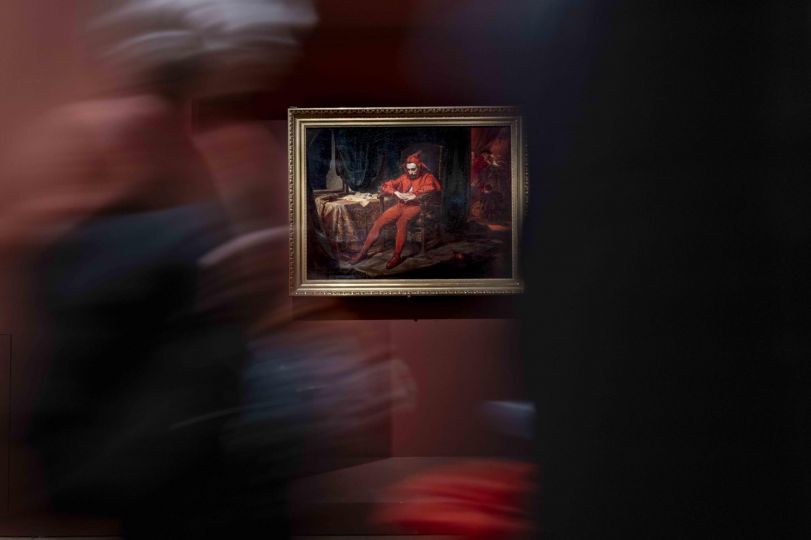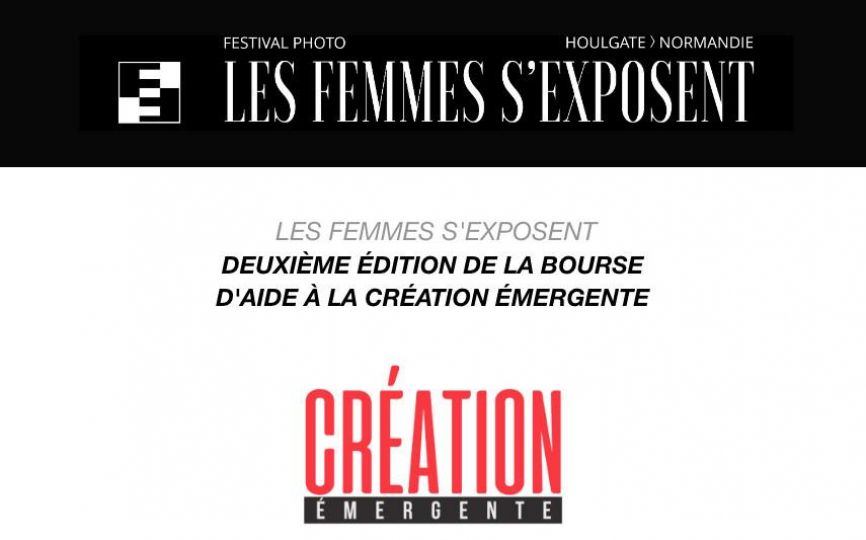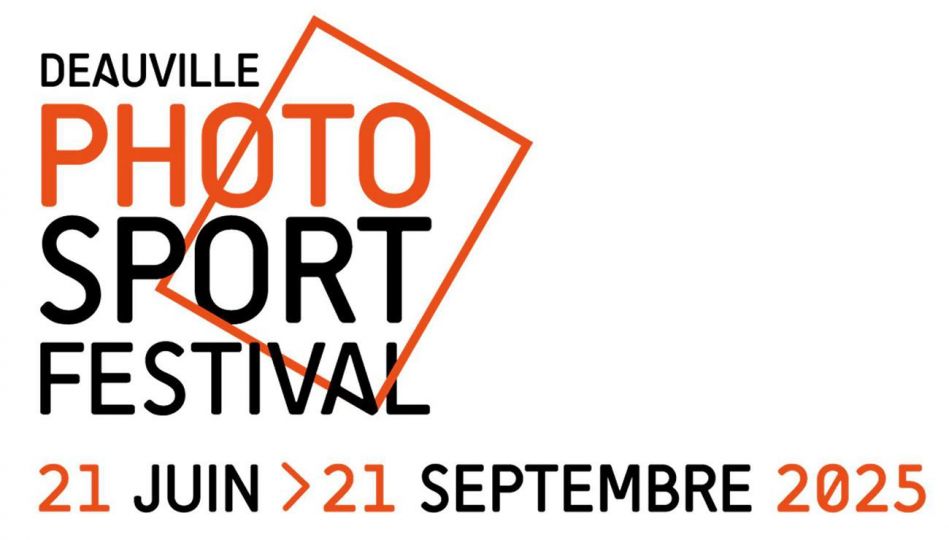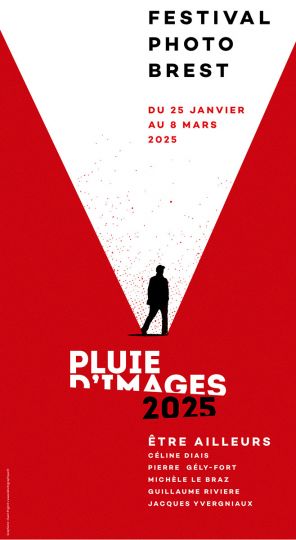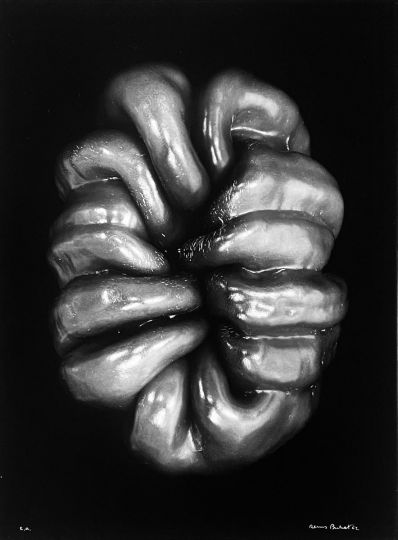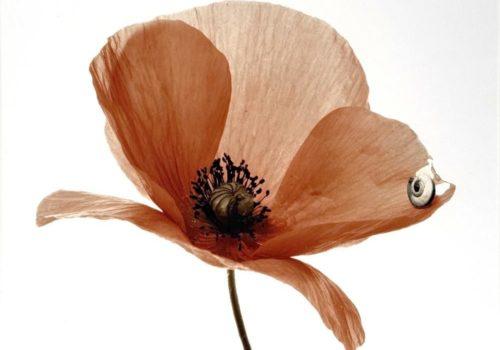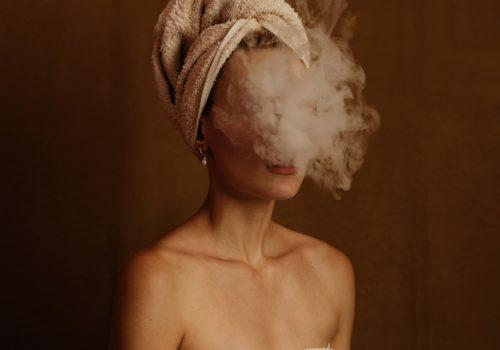In the third largest city in the country, for two decades now, an event dedicated to photography has attracted a diverse and curious audience. This year, for the anniversary edition, festival founder and director Krzysztof Candrowicz has simply chosen his hometown as the theme.
Łódź is an old industrial town that developed around textiles at the end of the 19th century. From a village, it became the second largest city in Poland, densely populated by a Jewish community that was massively deported and decimated by the Nazi regime during World War II. Playing the role of capital for a few years in place of Warsaw after the war, it has since experienced a slight decline in its population and has found in particular in cultural life a way to remain dynamic. The photo festival invented by curator and artistic director Krzysztof Candrowicz is fully in line with this movement, taking over the old rehabilitated industrial areas of the city. It unfolds naturally in the old factories that have become dapper centers of art, bringing an air of celebration and candor in these last days of June.

